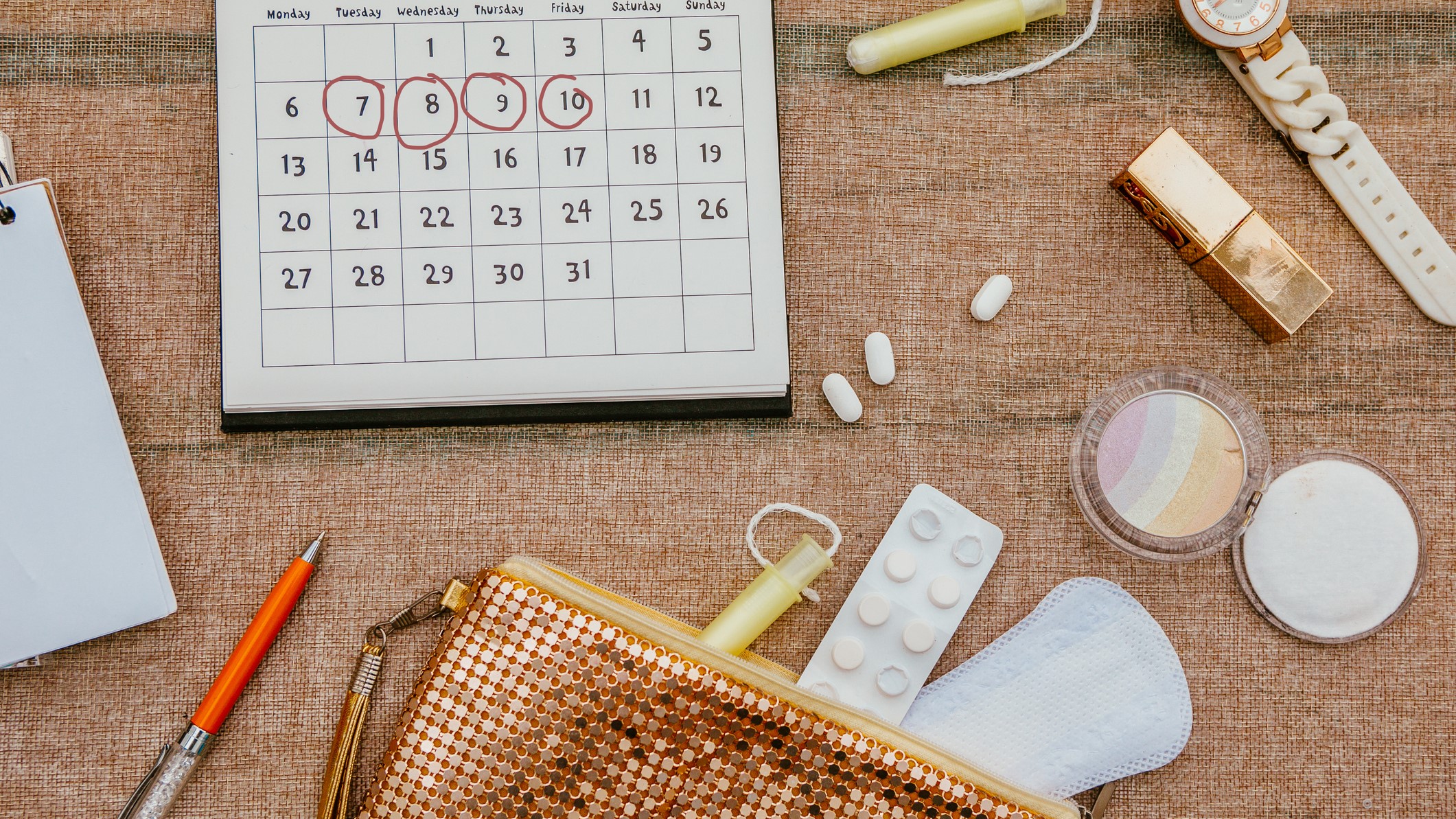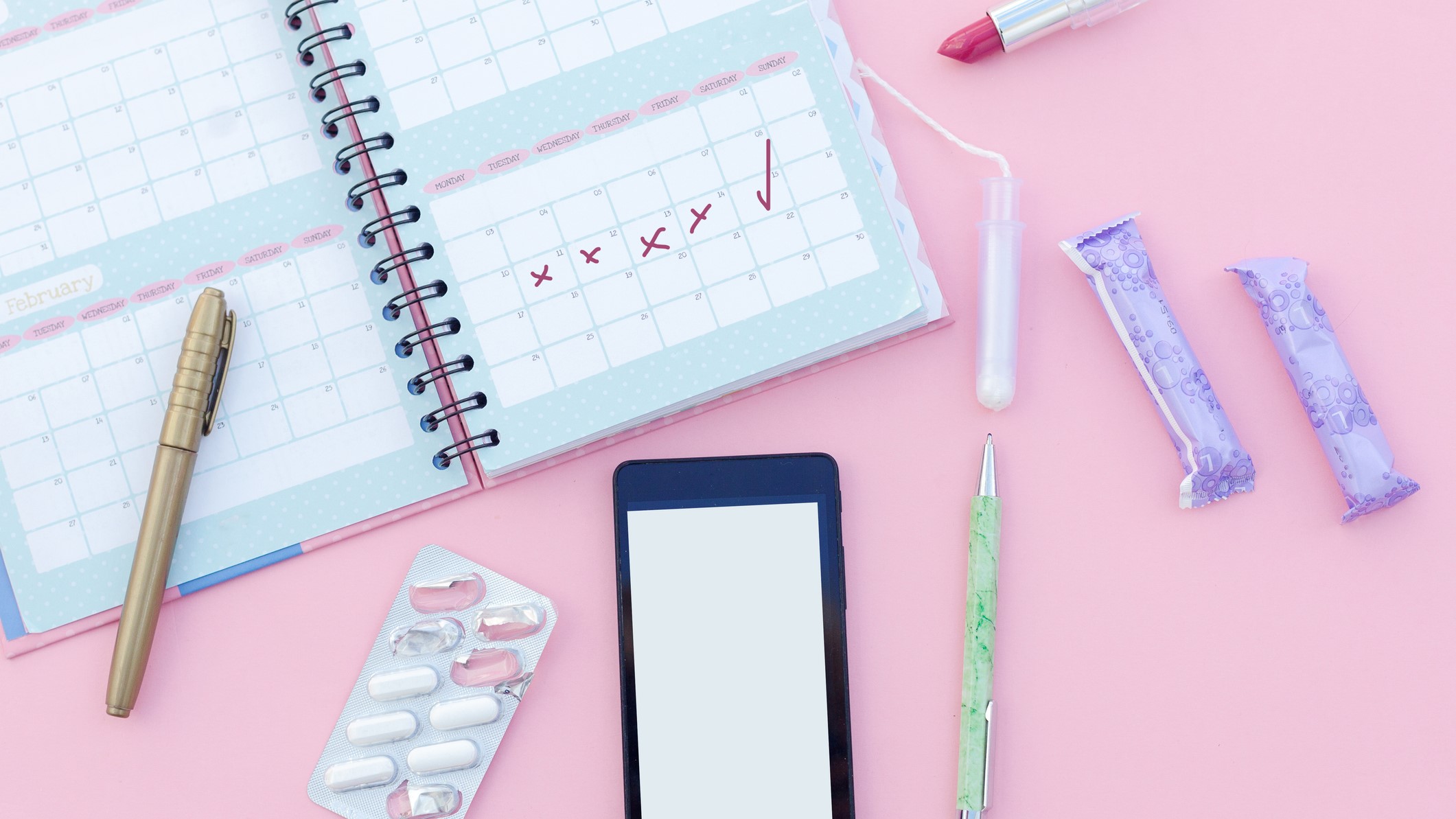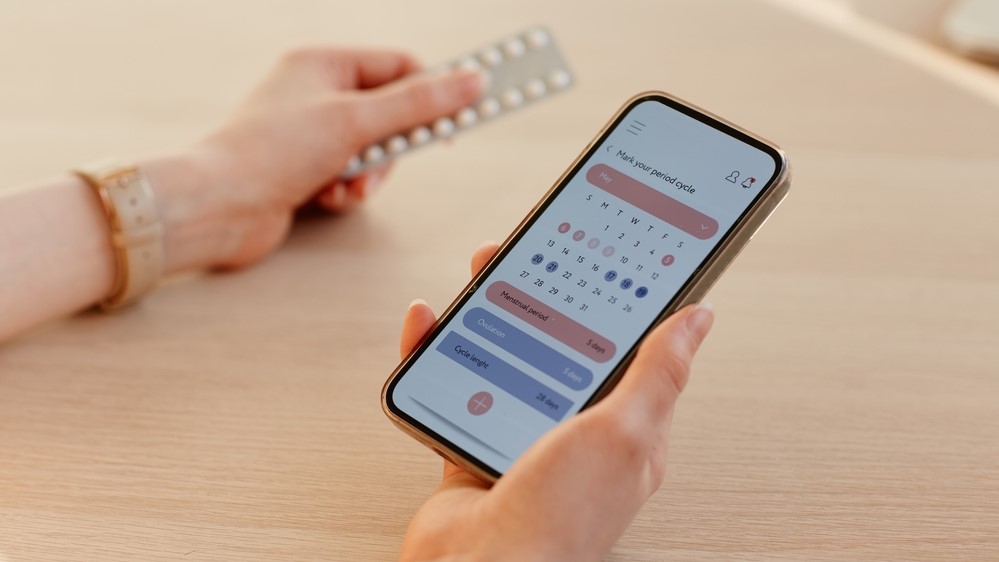How to track your periods without using an app

In light of the Supreme Court decision to overturn Roe vs Wade, women all over the United States have been deleting their period tracking apps, in fear that they could be used against them should they live in one of the states which have banned abortion. If you are worried about how safe your personal data is on period apps, we spoke to a cyber-security expert about it here. You'll also want to check out our guide on how to turn off location tracking on your smartphone.
But how complicated is it to track your period without using an app? And how easy is it to work out your most fertile days? To find out more, we spoke to Dr. Michael Belmonte, an obstetrician-gynecologist in Colorado and a Fellow with Physicians for Reproductive Health.
Should you delete your period app?
“It is important to protect your data now, more than ever," Dr Belmonte explains. "When it comes to period tracking, the way each application handles your data is different, so it is important to be aware before using each app. Review the data security and privacy policies from a number of the most popular applications; it ranges from applications being able to sell our data to outside companies, review the data for internal purposes, and for most, they do have a clause where if law enforcement requests the data, they will comply with those requests (while some say that they won’t comply, it is hard to know for sure what would occur if law enforcement requests are actually made).
"Lastly, there are some applications that have recently reported to go one step further and plan to allow for anonymous use of an application, so that they won’t have a record that can tie your personal information directly back to you; but, as stated before, if the period tracker app remains on your phone or in your cloud data, this could also potentially be accessed by law enforcement if they gain entry into your phone. It is for this reason that I would recommend staying away from these applications as the best way to protect your private health information and data.”
How to track your period on a calendar — quick tips
- Mark on the dates of your last period — the day your period started is day one of your cycle
- Count how long your cycle typically lasts, it should be around 26-32 days
- Days 8-19 are the most fertile. If you are not trying to conceive, you should use protection during this time of the month.
How can you track your period without using any tech?
If you do make the decision to delete your period app completely, it’s still important to track your periods, whether you’re trying to get pregnant or not. Unless you are on birth control and therefore don't have periods, the benefits of menstrual tracking are that you can notice missed periods or unexpected changes to your cycle, and consult your doctor early should you have any concerns.
Luckily, tracking your cycle without technology is far simpler than it sounds. “The simplest way to do this is via pen and paper using a calendar," Dr. Belmonte says. “From this, you can keep track of your last period, days of bleeding, and (if you have predictable, regular cycles between 26-32 days) helps you anticipate when you should expect your next period.”

How to work out your fertile days
Get instant access to breaking news, the hottest reviews, great deals and helpful tips.
Whether you’re trying to get pregnant, or trying to not get pregnant, working out what days of the month you’re fertile is important. If you’re not trying to conceive, Dr. Belmonte recommends using a form of family planning during your fertile days. “Typically, based on the life span of sperm and an unfertilized egg, your fertile days will be anywhere from five days prior to ovulation (or when the egg is released from the ovary) until one day after.”
Belmonte was keen to point out that the methods outlined below are for people who have regular, predictable periods, without any spotting between periods. Young people, older women approaching menopause, and women who have just given birth, had a miscarriage, or had an abortion might need to look for other methods to recognize fertile signs. Women who have recently stopped taking hormonal birth control, or who are taking other medications also fall into this category.
“Standard Days method considers the most fertile days to be 8-19 of the cycle with day one being the first day of your period. This requires your cycles to be between 26 and 32 days.” If you’re tracking your period in your diary, some women put a cross, or a circle around these days to remember them.
There are also physical signs you’re in this fertile window, Dr. Belmonte explains. “Cervical mucus methods require you to be able to distinguish between changes in your mucus, such as quantity and thickness. Before ovulation, mucus tends to be thin and slippery and be increased in volume, whereas after ovulation mucus thickens and decreases in volume. Therefore, you must avoid intercourse or use another method of birth control as soon as you notice any cervical mucus; but this can be confusing for people who use feminine hygiene products, are breastfeeding, use lubricants, or have unprotected intercourse. One method is called the TwoDay method, where you check your mucus at least twice per day, and if you have noticed mucus yesterday or today, you are likely fertile. Pregnancy is less likely following two days in a row without noticing cervical mucus.
“If you are interested in using one of these methods, it can be helpful to seek out formal training or advice from a reproductive healthcare specialist, to ensure you understand all the nuances and to see if you would be a good candidate,” Dr. Belmonte adds.

But what about those women who don’t have regular cycles? “For those who have cycles that don’t follow a predictable pattern neither this method nor even the period tracking applications would be helpful, as algorithms are not advanced enough to take this into account. Having cycle data over three months is going to be most useful in allowing you to predict what will occur in future months,” Dr. Belmonte adds.
“While your cycle does not have to be the exact same number of days every month to predict fertile days, it may require that you expand the window of potential fertile days to avoid any issues. But if your cycles do not follow a predictable pattern, it can be very difficult to determine your fertile days and period tracking is not likely to be helpful," says Dr. Belmonte.
What about tracking your temperature?
“Basal body temperature monitoring by itself is not a good way of tracking fertile days or preventing pregnancy," Dr. Belmonte warns. "This is because your most fertile days will occur 2-3 days before you see an increased in body temperature, which occurs at the time of ovulation."
“This method is also very strict in that your temperature needs to be taken every morning right after waking up but prior to getting out of bed, doing any activity, or even just having something to eat or drink. It can also be thrown off by other things that can mimic a rise in body temperature, like various medical conditions or acute illness, like a cold, flu, or even COVID.
“Using basal body temperature in combination with other factors, such as cervical mucus and/or a hormonal fertility monitor can be more reliable,” says Dr Belmonte.
If you have any questions about your cycle, family planning, or trying to conceive, it’s a good idea to chat with your doctor.

Jane McGuire is Tom's Guide's Fitness editor, which means she looks after everything fitness related - from running gear to yoga mats. An avid runner, Jane has tested and reviewed fitness products for the past five years, so knows what to look for when finding a good running watch or a pair of shorts with pockets big enough for your smartphone. When she's not pounding the pavements, you'll find Jane striding round the Surrey Hills, taking far too many photos of her puppy.
